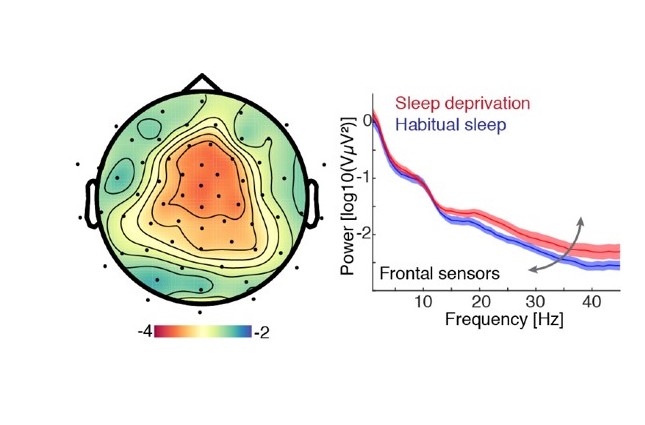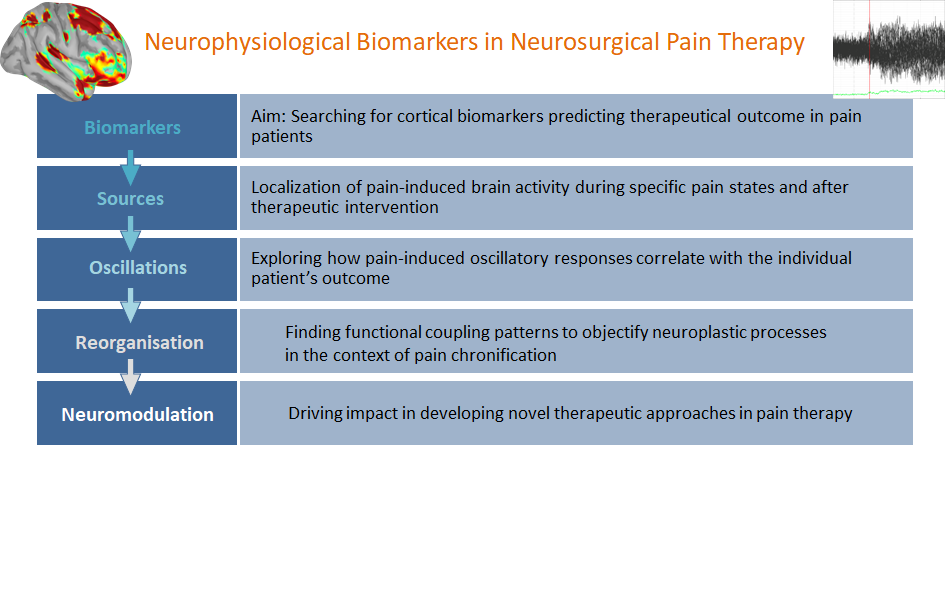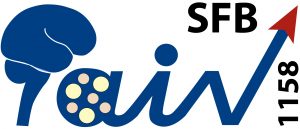Associated Projects in the Second Funding Period (2019-2023):
1. Spectral fingerprints of sleep deprivation induced hyperalgesia
Prof. Dr. med. Sigrid Schuh-Hofer and Dr. Dr. med. Randolph Helfrich
Department of Neurology and Epileptology, Hertie Insitute for Clinical Brain Research, University Medical Center Tübingen,Tübingen, Germany
The aim of this project is to identify cortical signatures and networks which may underly the adverse effects of poor sleep on pain. According to experimental and clinical studies, disturbed sleep is able to aggravate spontaneous pain and to induce hyperalgesia. The interaction of poor sleep and pain is of high clinical significance, since the majority (up to 80%) of pain patients suffers from disturbed sleep. This project explores the impact of sleep deprivation (SD) on pain-related cortical networks by analyzing resting-state EEG’s and pain-evoked potentials, recorded after a night of SD and a night of habitual sleep (HS). We will test the hypothesis of a SD-induced shift of cortical excitability towards hyperexcitability and its significance for SD-induced pain hypersensitivity. Respecting the significant role of mood and attention for pain perception, the project will also focus on the impact of sleep deprivation on oscillatory networks involved in attention and the emotional evaluation of pain. Altogether, our EEG-network analyses may help to unravel pathologic top-down effects of sleep deprivation on the perception of pain.

To assess the impact of SD on brain excitability, we will use a method by which the ratio of excitation and inhibition (E:I-ratio) can be estimated from the power law exponent (slope) of the electrophysiological power spectrum (Gao et al., 2017). The opposite figure shows preliminary results from EEG’s, recorded after a night of HS and after SD. Left: Exponent (PSD slope) topography of healthy subjects after HS. Right: Compared to HS, SD shifts the exponent closer to 0, reflecting a shift of the E:I ratio towards increased excitability. We predict that this shift will correlate, at the individual level, with the increased pain perception of laser stimuli.
2. Neurophysiological Biomarkers in Neurosurgical Pain Therapy
PD Dr. med. Rezvan Ahmadi1, Dr. med. Mehdi Hajiabadi2 and Dr. med. Britta Kretzschmar2
1 Division of Neurosurgical Pain Management, University Hospital Heidelberg, Heidelberg, Germany
2 Neurosurgery Clinic, University Hospital Heidelberg, Heidelberg, Germany

